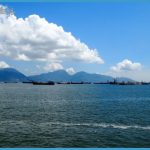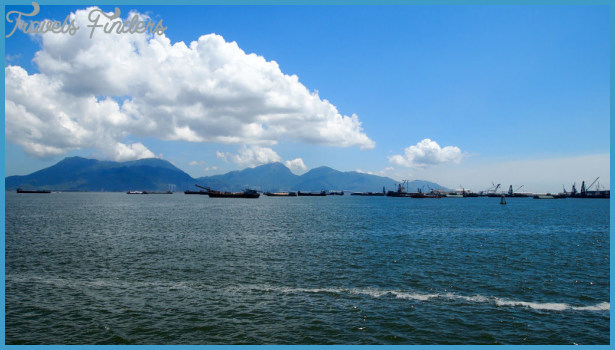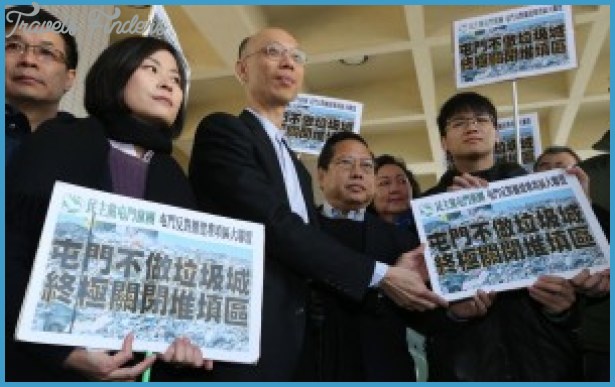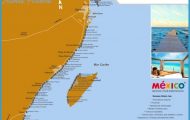Nantou was the military base from which the 1520 Battle of Tuen Mun was directed. It is a battle that has received special attention from Chinese historians and propagandists in recent years as it is billed as the first Chinese victory over European Imperialism.
The battle resulted from the Portuguese entry into the monsoon spice trade between China, Java, Siam, Malacca and India, and the desire of the Portuguese for official Chinese recognition.
In 1520, Tome Pires set off from Malacca on an Embassy to Beijing seeking such recognition. He had carefully laid the groundwork for his Embassy and had taken pains to ensure that Sino-Portuguese relations were free from any irritations. He decreed that any circumstances where there were disputes between Portuguese and Chinese should be decided in favour of the Chinese and all disputes should be settled.
Unfortunately he was followed closely by Simao Peres d’Andrade who established himself at Tuen Mun, now part of Hong Kong’s New Territories and the outer gateway to the Pearl River. There he proceeded to undo all of Pires’s good work.
First Simao built a stone fort without permission. His excuse was that the Chinese could not protect him against pirates. Then, with great pomp and ceremony, he tried, convicted, and carried out sentence of death against one of his sailors, in defiance of Chinese sovereignty over the area. He enforced Portuguese priority of arrival in Tuen Mun port against ships from Siam, Cambodia and other competitive nations as they arrived on the monsoon. He also captured and enslaved a number of Chinese children. Chinese rumour had it that they had been eaten.
Rumours of Simao’s outrageous behaviour preceded Tome to Beijing and there he discovered that his enemies were not restricted to the Mandarins of Guangzhou. The Portuguese capture of Malacca some years before and their highhanded treatment of the cargos of competing nations had earned them bitter enmity. In particular, Tuan Mohammed, the envoy of the Sultan of Bintang in Java, who was the brother of the Sultan of Malacca who had been deposed by the Portuguese, was anxious that the throne of Malacca be restored to his brother. And since the Sultan of Malacca was a tributary of the Emperor of China, he called on him for action. Accordingly, in April 1521, as the Embassy was travelling home through China, orders were issued that the Embassy should be detained in custody in Guangzhou, and only be released when the throne of Malacca had been restored to its rightful owner.
Meanwhile in April and May 1521, a Portuguese fleet laden with pepper and sandalwood arrived in Tuen Mun only to discover that the trade had been suspended indefinitely. The fleet was blockaded and Portuguese in Tuen Mun and Guangzhou were held in custody. In June a fleet of armed Portuguese junks under Simao’s brother, Fernao Peres d’Andrade, arrived in Tuen Mun from Malacca. The naval commander at Nantou, Wang Hong, took this as a sign that the Portuguese fleet was being reinforced and became very angry. He reinforced his own fleet with forty armed junks and attacked the Portuguese. The battle is known in history as the battle of Tuen Mun, but the bulk of fighting took place in the straits between Shekou and Lintin Island.
The battle was surprisingly even. Although the Portuguese had only eight men per ship the rest had been enslaved, their artillery was superior technically to the Chinese and the battle raged for forty days. Wang Hong, seeing the superiority of Portuguese arms, copied their ship designs known to the Chinese as centipede ships because of their bristling armour and made heavy use of fire ships. Finally, on 21 September 1521, the Portuguese gathered their remaining men in three junks and fled towards Malacca. Wang Hong rejoiced in a victory and Sino-Portuguese trade was suspended for many years.


















